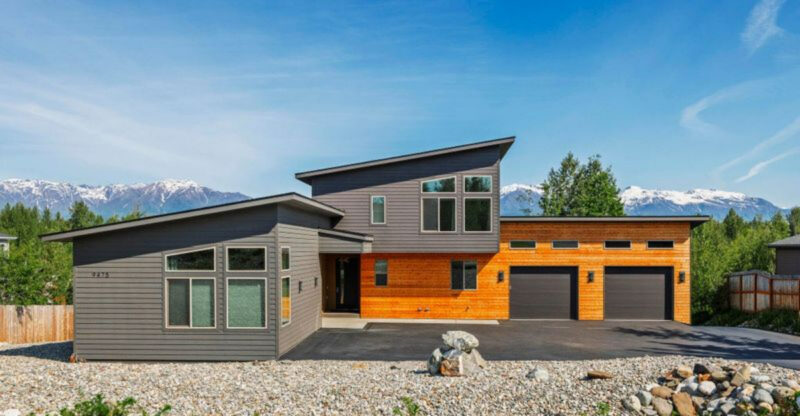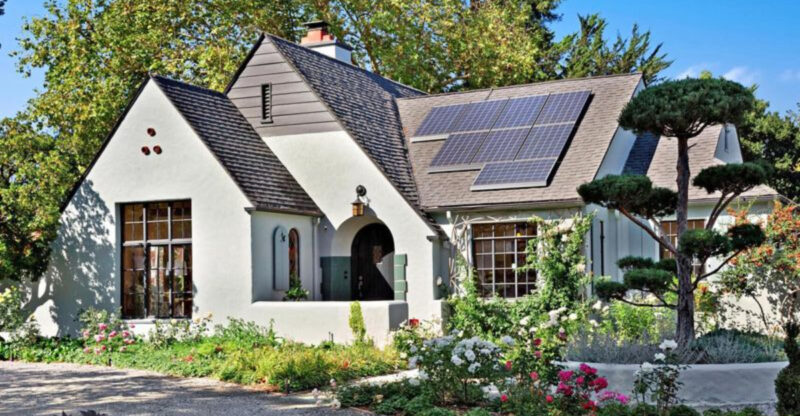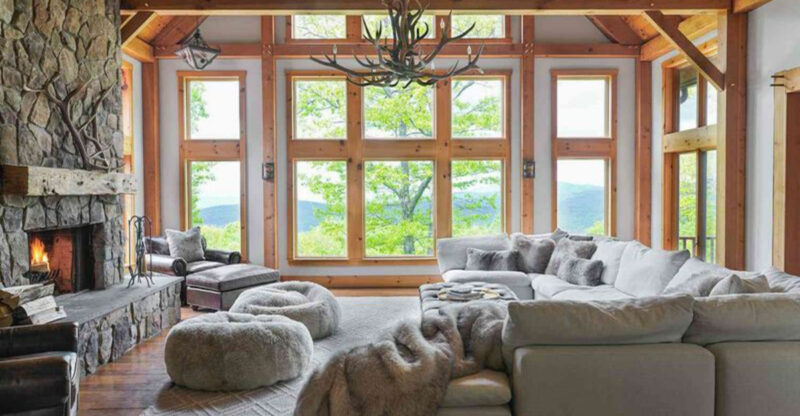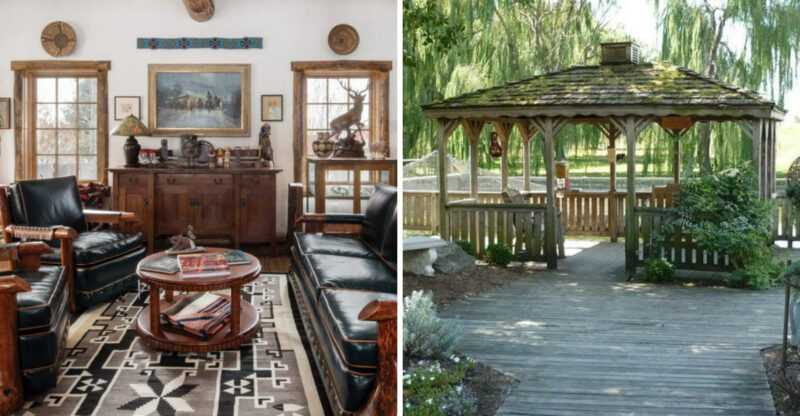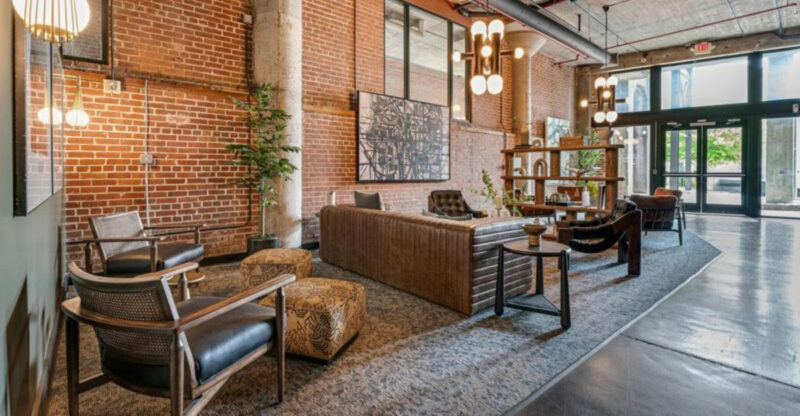Washington Homes Still Using These 12 Styles? They’re Almost Out
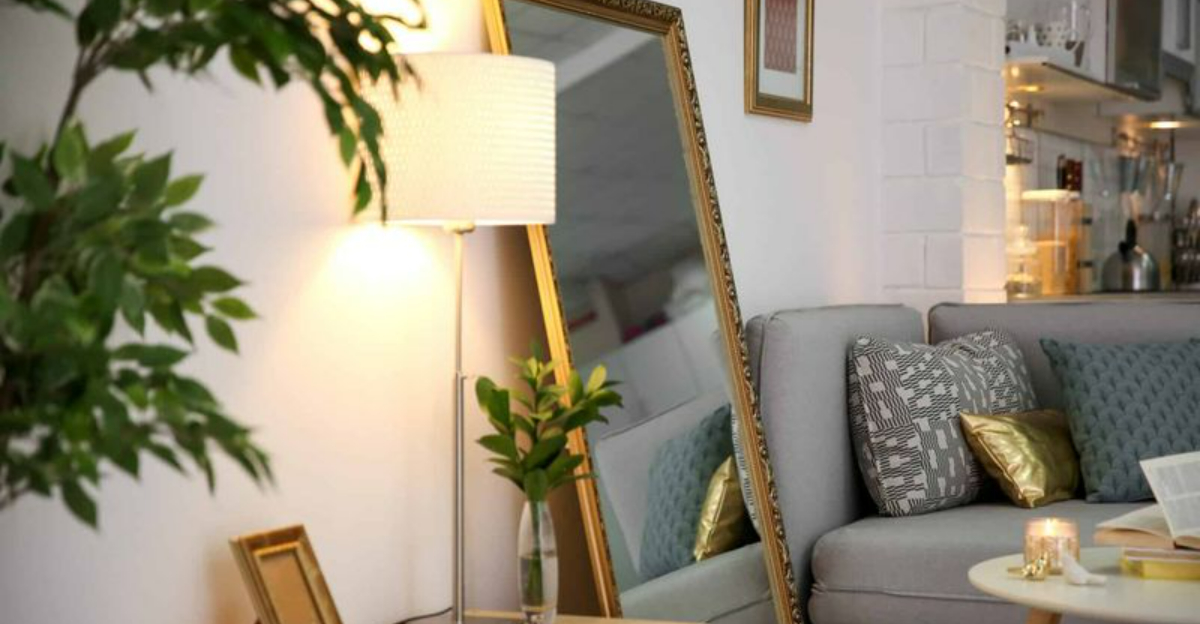
Walking through Washington neighborhoods, I’ve noticed some home designs that once defined our state’s aesthetic are now fading into history. While some homeowners cling to these familiar styles, design trends have shifted dramatically in recent years.
If your house features any of these elements, you might be living in a time capsule that’s ready for an update.
1. Tuscan-Inspired Kitchens
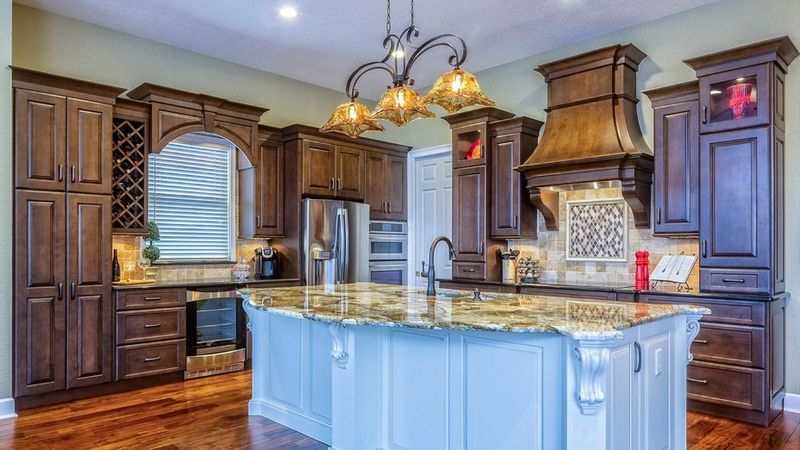
Remember when everyone wanted their kitchen to look like an Italian villa? Dark cherry cabinets paired with ornate bronze hardware and faux-painted walls were the hallmark of early 2000s luxury in Washington homes.
The heavy, ornamental look has given way to clean lines and lighter colors. Most designers I’ve talked with say Tuscan kitchens make spaces feel smaller and darker than necessary, especially during our gray Washington winters.
2. Carpet in Bathrooms
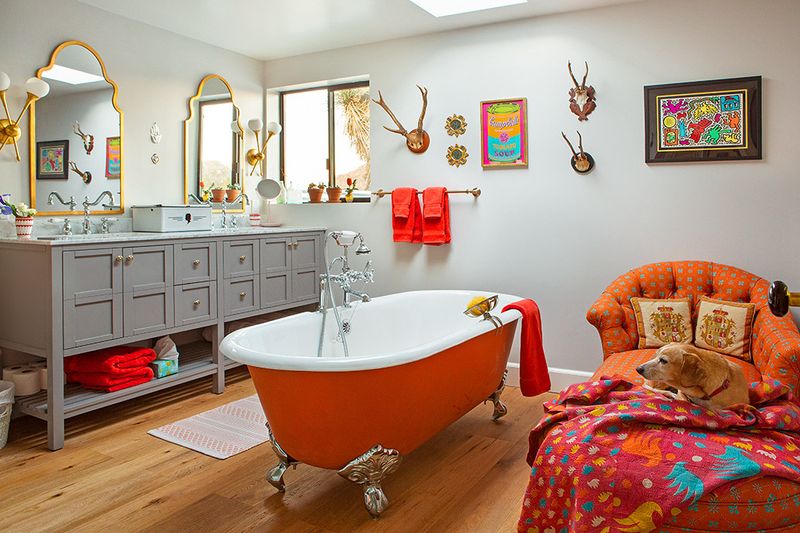
Somehow, carpeted bathrooms became popular in Washington homes during the 1980s and 1990s. The idea was to have something warm underfoot during chilly mornings, but the practical issues quickly became apparent.
Our humid climate turns these carpets into perfect breeding grounds for mold and mildew. Plus, think about what happens when toilets overflow! Modern Washington homeowners are ripping these out in favor of heated tile floors that offer warmth without the worry.
3. Popcorn Ceilings
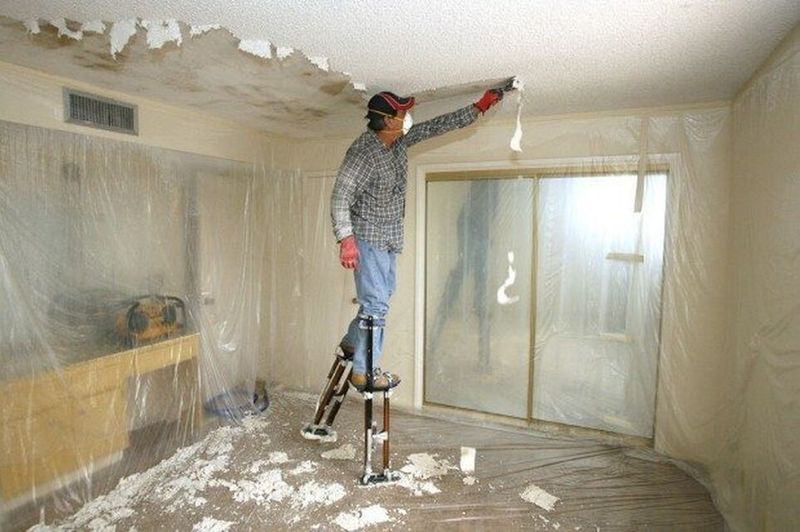
You might know them as acoustic or cottage cheese ceilings. Popular through the 1970s and 80s, these textured eyesores were originally installed to help with sound dampening and to hide imperfections.
Beyond being dust collectors, many older popcorn ceilings contain asbestos, making them a health hazard. I’ve watched countless Washington homeowners scrape away this dated feature for smooth, painted ceilings that instantly modernize rooms and make spaces feel taller.
4. Oak Cabinets with Brass Hardware
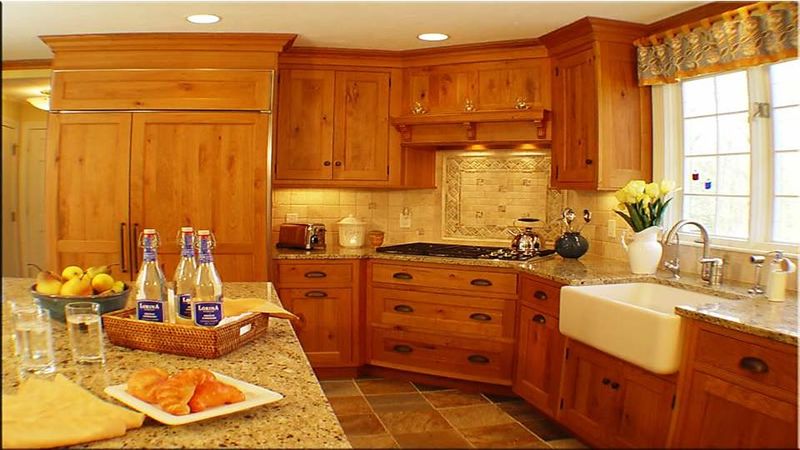
Golden oak cabinets paired with shiny brass pulls dominated Washington kitchens throughout the 1980s and 90s. The warm wood tones were once considered timeless, but they’ve become a clear marker of an outdated home.
The yellowish undertones clash with today’s preferred color schemes. Many of my clients are painting these cabinets white or gray, or replacing them entirely with sleeker designs. If you still have this combo, your kitchen is practically screaming for a makeover.
5. Wallpaper Borders
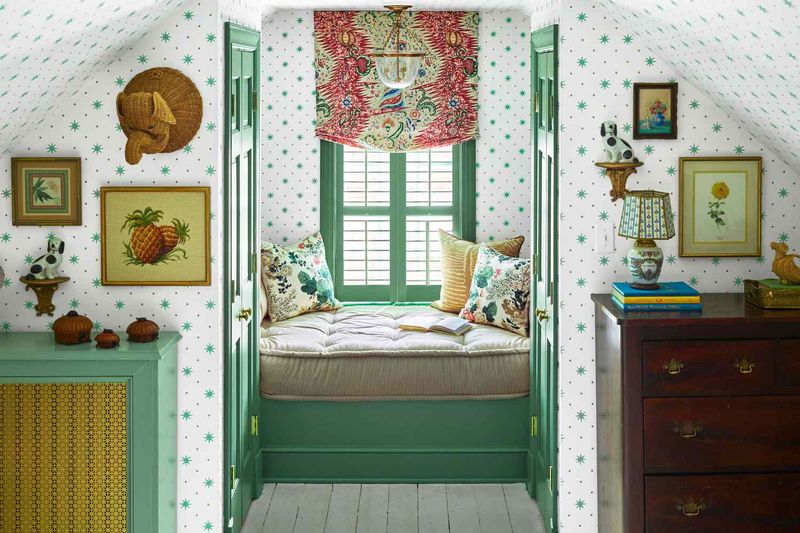
Those thin strips of wallpaper running along the top of walls were everywhere in Washington homes during the 80s and 90s. Floral patterns, country motifs, and even themed borders (remember the kitchen utensil designs?) were considered the perfect finishing touch.
Today they instantly date a room. The current approach to wall décor embraces clean lines or full accent walls. Removing these borders is usually my first recommendation when helping clients update their spaces without a complete renovation.
6. Vertical Blinds
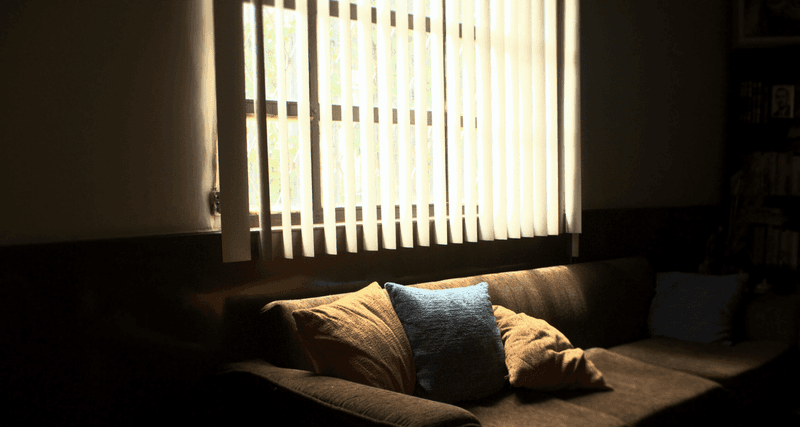
The clicking, clacking sound of vertical blinds still haunts many Washington living rooms and sliding doors. These practical but unattractive window coverings were the go-to solution for decades, especially in apartments and tract homes.
They collect dust, break easily, and frankly look cheap. Modern Washington homes are switching to sleek roller shades, cellular blinds, or elegant curtain panels. The difference is dramatic – both in style and in the quality of light that filters into the space.
7. Tiled Countertops
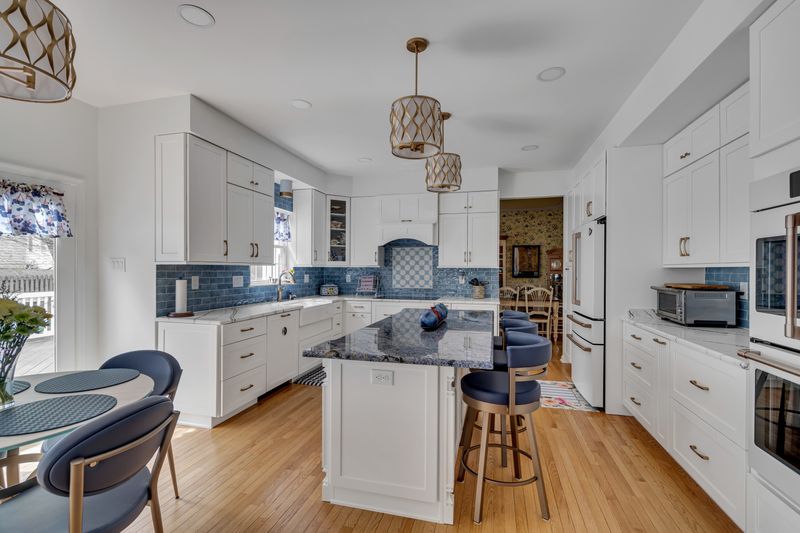
Square ceramic tiles with grimy grout lines were once standard for Washington kitchen countertops. They were affordable and came in various colors, making them popular through the 80s and early 90s.
The uneven surface makes food prep challenging, and those grout lines? Impossible to keep clean in the long run. Most homeowners I know are replacing these dated surfaces with solid quartz or granite. The seamless look creates a more hygienic and visually appealing kitchen that works better for our Pacific Northwest cooking habits.
8. Mirrored Walls
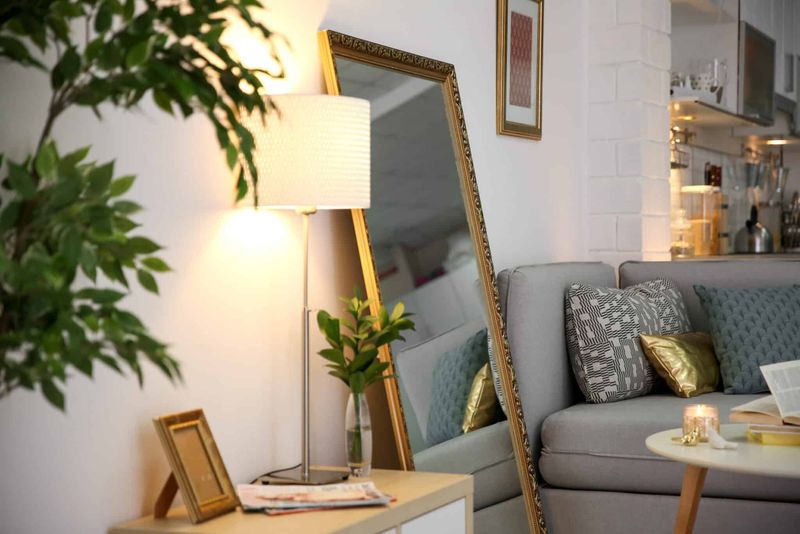
Full mirrored walls were all the rage in Washington homes during the 70s and 80s. The idea was to make rooms appear larger and brighter – particularly important during our dark winter months.
The effect, however, is more disco than designer. These reflective walls create a dated, disorienting feeling in living spaces. Current Washington design favors strategic mirror placement rather than the overwhelming floor-to-ceiling approach that makes your living room feel like a dance studio.
9. Sunken Living Rooms
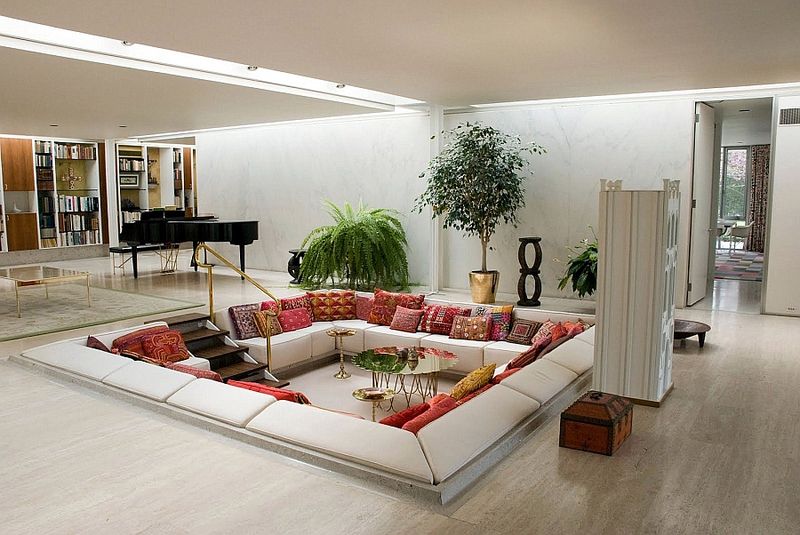
The conversation pit or sunken living room was a distinctive architectural feature in many Washington homes built from the 1960s through the 1980s. These step-down spaces were designed to create intimate gathering areas separated from the flow of the home.
Today they’re seen as hazardous (especially for older adults and young children) and inflexible for furniture arrangement. Many Washington homeowners are filling these in to create level floors that allow for more versatile living spaces and better accessibility throughout the home.
10. Wood Paneling
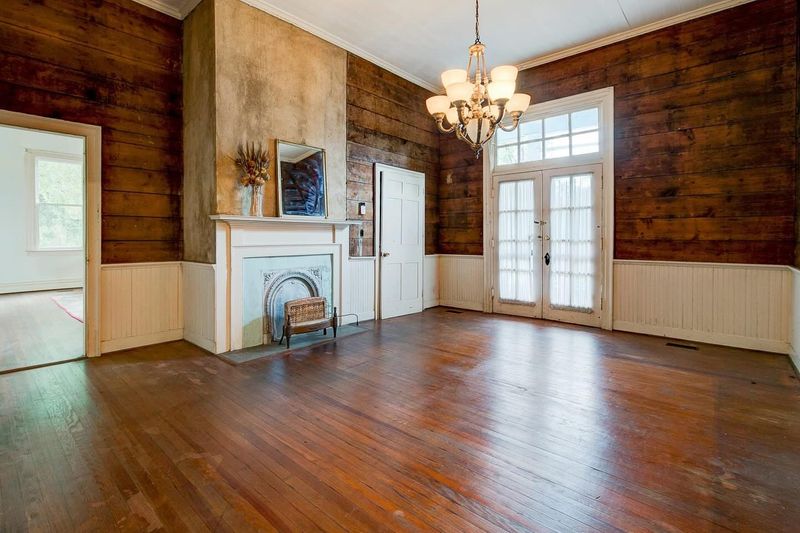
Dark wood paneling was once the pride of Washington dens and basements. These sheets of faux or real wood created what was thought to be a cozy, cabin-like atmosphere – fitting for our evergreen state.
The reality is they make spaces feel like dark caves, especially problematic in our already light-challenged climate. Painting the paneling white or removing it entirely transforms these rooms from dated dungeons to bright, welcoming spaces that better suit contemporary Washington living.
11. Glass Block Windows
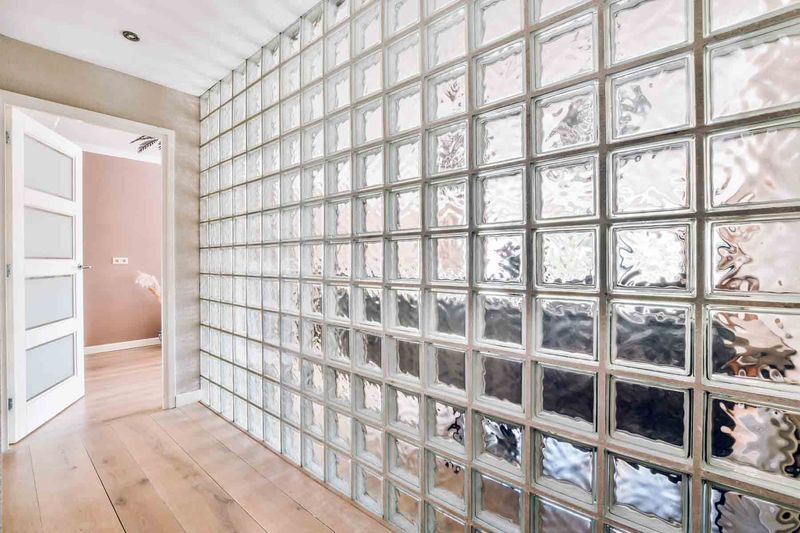
Glass blocks were particularly popular in Washington bathrooms and entryways during the 80s and 90s. These chunky translucent squares let in light while maintaining privacy, which seemed perfect for our rainy climate.
The problem? They look distinctly dated and can make your home exterior appear stuck in a time warp. Most contemporary Washington homes are replacing these with frosted glass windows or adding window films to standard windows, achieving the same privacy with a cleaner, more current aesthetic.
12. Brass Everything
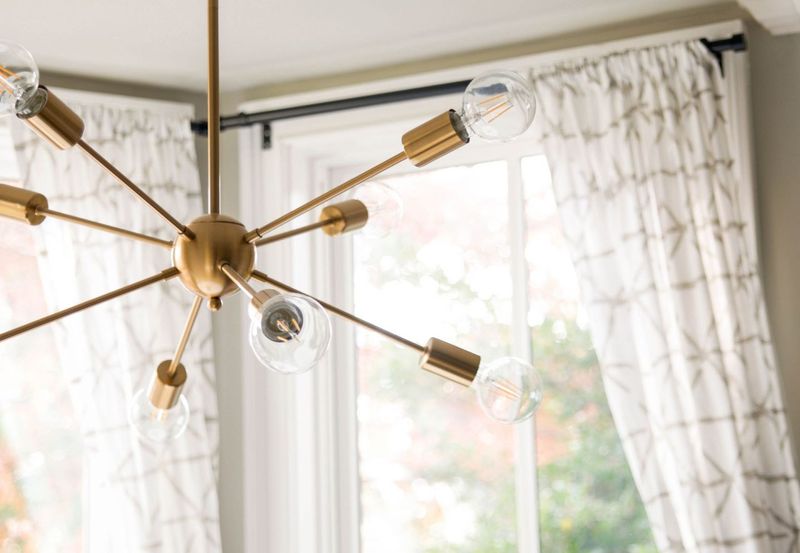
Shiny brass fixtures dominated Washington homes through the 80s and 90s. From doorknobs to light fixtures, faucets to cabinet hardware – if it was metal, it was probably brass.
The yellowy gold tone has fallen firmly out of favor, replaced by brushed nickel, matte black, or the warmer tones of copper and bronze. While brass is making a slight comeback in some designer circles, it’s the modern satin finish rather than the lacquered shine that marked your parents’ Washington home.

